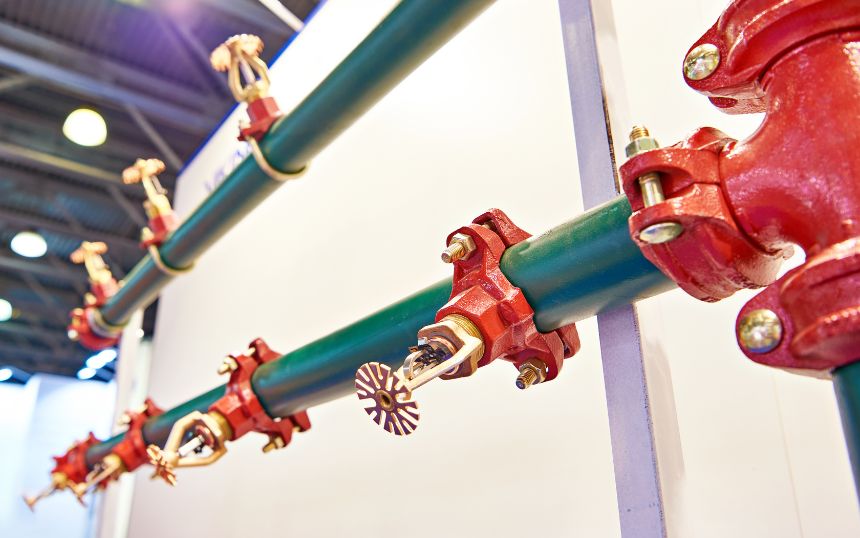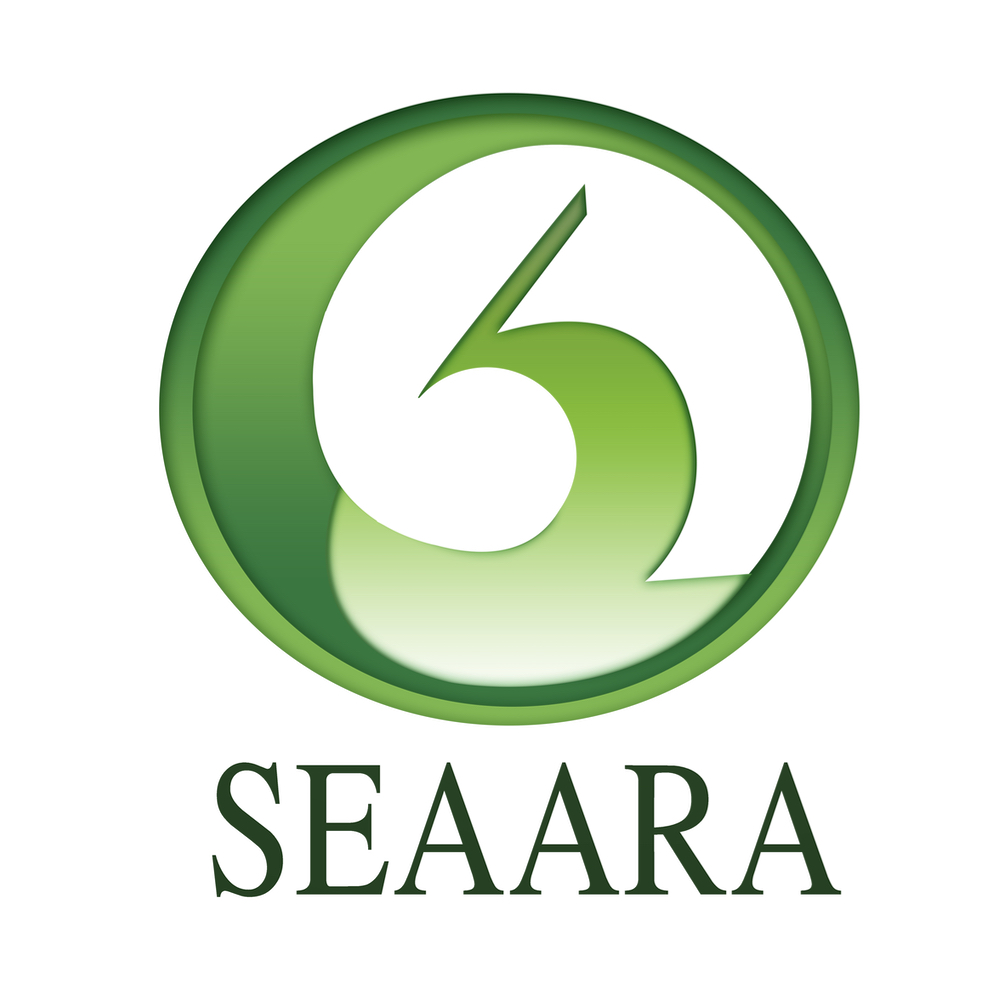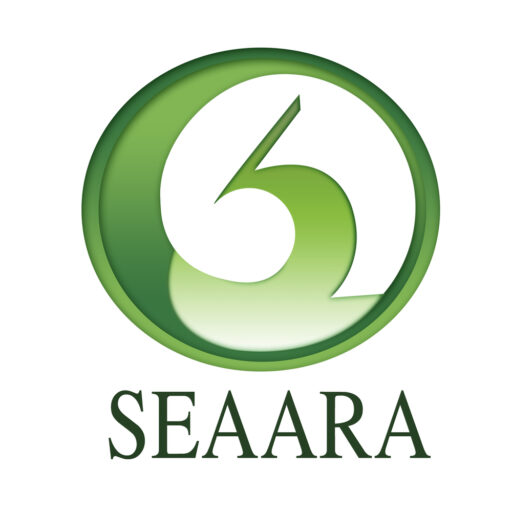
Fire Sprinkler Systems: An Overview
Fire sprinklers are an essential component of fire protection systems, designed to automatically extinguish or control fires in their early stages. They play a critical role in safeguarding lives and property. This guide explores the various types of fire sprinklers, their features, and specifications to help you understand their importance in fire safety. Fire sprinkler systems are extensively used worldwide, with over 40 million sprinkler heads fitted each year. Fire sprinkler systems are generally designed as a life saving system
Types of Fire Sprinklers
Standard Response Sprinklers
Standard response sprinklers are designed to activate at a predetermined temperature, releasing water to suppress flames. They are commonly used in areas where fire hazards are moderate. These sprinklers provide effective coverage and are a reliable choice for various applications.
Quick Response Sprinklers
Quick response sprinklers are engineered to activate faster than standard response models. They are ideal for environments with high fire risks, such as warehouses and industrial spaces. Their rapid activation helps control fires before they spread, minimizing damage and enhancing safety.
Specialized Sprinkler Types
- Pendent Sprinklers: These are mounted from the ceiling and spray water downward in a circular pattern. They are widely used in commercial and residential buildings.
- Upright Sprinklers: Installed on top of the piping, upright sprinklers direct water upward and outwards. They are often found in areas with high ceilings or where ceiling obstructions are present.
- Recessed Pendent Sprinklers: These sprinklers are designed to be flush with the ceiling, providing a discreet appearance while maintaining effective fire protection. They are ideal for aesthetic environments.
- Horizontal Sidewall Sprinklers: Designed to be mounted on walls, these sprinklers are effective in protecting long, narrow spaces such as corridors and hallways.
- Concealed Sprinklers: These are hidden behind a decorative cover plate, offering a clean look while still providing fire protection. They are often used in upscale buildings where aesthetics are a priority.
Advantages of Water Mist Technology
Temperature Ratings
Fire sprinklers are available with various temperature ratings, ensuring they meet the specific needs of different environments. The common temperature ratings include:
- 57°C (135°F): Suitable for areas with low heat exposure, typically used in light hazard environments.
- 68°C (155°F): This rating is versatile and commonly used in general commercial and residential applications.
- 79°C (175°F): Ideal for moderate hazard areas where increased heat may be present.
- 93°C (200°F): Designed for high-hazard environments, these sprinklers activate at higher temperatures to address significant fire risks.
K-Factor Ratings
The K-factor is a crucial measurement that indicates the flow rate of water through the sprinkler. Common K-factors include:
- K-factor 5.6: This rating is typical for standard response sprinklers, providing a balance between water flow and coverage area.
- K-factor 4.2: Often used in quick response systems, this lower K-factor allows for a more concentrated water discharge, enhancing fire suppression capabilities.
Material and Finish Options
Fire sprinklers are available in various materials and finishes to suit different environments and aesthetic preferences:
- Brass: Known for its durability and corrosion resistance, brass is a traditional choice for fire sprinklers.
- Chrome: This finish offers a sleek, modern appearance, making it suitable for high-end interiors.
- White/Custom Color Finish: Sprinklers can be painted to match the surrounding decor, allowing for seamless integration into the building’s design.
UL Listing
All fire sprinklers should be UL (Underwriters Laboratories) listed, indicating they meet strict safety and performance standards. This certification provides assurance that the sprinklers have been rigorously tested and are reliable in fire suppression.
Fire sprinkler systems are a vital aspect of fire protection, with various types and specifications to cater to different needs. Understanding the differences between standard and quick response sprinklers, temperature ratings, K-factors, and material options can help you make informed decisions for your fire safety requirements. Always ensure that your fire sprinklers are UL listed to guarantee their effectiveness and reliability in protecting lives and property.




